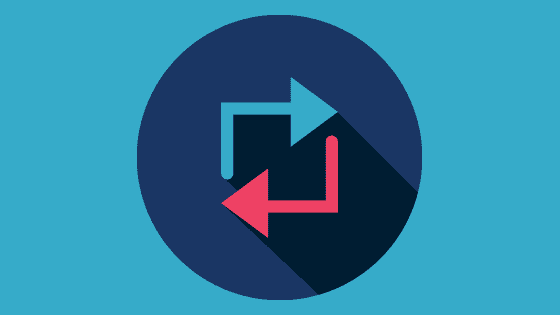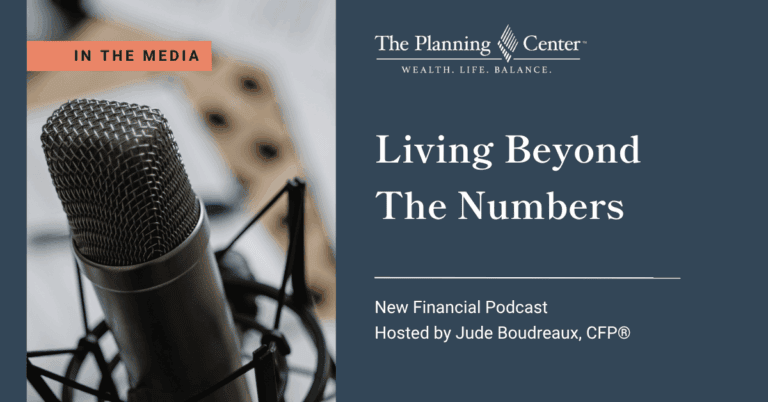
by Andrew Sivertsen, CFP®, EA, CeFT® and Andy Baxley, CFP®, CIMA®
The Planning Center’s Investment Committee meets regularly to review our investment approach and assess any potential opportunities for improving our clients’ investment experience. One such opportunity, which has been an area of focus this year, has to do with the rising popularity of exchange traded funds (ETFs) and the now widespread availability of ETFs from our primary fund provider, Dimensional Fund Advisors (DFA).
Next week, we will be swapping out mutual funds for ETFs wherever feasible in our clients’ retirement accounts (IRAs and Roth IRAs). Our reasons for making this change are twofold- (1) potential cost savings for our clients, and (2) an opportunity to make sure that our portfolios adequately reflect the latest breakthroughs in portfolio management research.
In this post, we seek to address a few of the questions that may be on your mind as we prepare to initiate the conversion to ETFs in your retirement account(s). Should you have additional questions or wish to discuss any of the following points, please do not hesitate to reach out to your lead planner.
What is an exchange traded fund (ETF) and how is it different from a mutual fund?
An ETF, just like a mutual fund, is an investment structure that bundles a number of stocks or bonds together into one diversified investment. The primary difference is simply how they are traded. Mutual fund shares are bought or redeemed at the end of the trading day for whatever the value of the underlying investments are worth at that time, whereas ETFs trade live on markets and the price will vary based on the time of day that you place the trade.
How will this change lead to cost savings for TPC clients?
One important driver behind the switch to ETFs has to do with reducing trading costs within our clients’ accounts. At both of our custodians, Schwab and Axos, many of the accounts we manage are on an asset-based pricing model, wherein clients are charged a fee that permits The Planning Center to place unlimited trades in the account without incurring costs on a per-transaction basis. This asset-based pricing fee is calculated based on the value of a given account that is held in mutual funds. ETFs are not included in this calculation, nor do they have associated per-transaction trading fees. As a result, swapping mutual funds for ETFs wherever feasible will lead to a reduction in custodial trading costs for many of our clients.
How will this change impact my investment strategy?
This change will not have any impact on your investment allocation (the breakdown between stocks, bonds, and cash in your retirement account(s)) and thus is not expected to have a meaningful impact on the level of investment risk within your account. In general, the investment experience you have with your ETF-based portfolio should feel very similar to what you’ve come to expect from your mutual fund-based portfolio.
Many of the ETFs we will be including in client retirement portfolios are simply the ETF equivalents of the mutual funds our clients have been holding in their accounts all along. For example, we will be swapping the DFA US Core Equity 2 mutual fund (DFQTX) for its identical equivalent ETF, the Dimensional US Core Equity 2 ETF (DFAC).
In addition to swapping like-for-like mutual funds and ETFs, we will be incorporating two brand new funds—DFA US High Profitability ETF (DUHP ) and DFA International High Profitability (DIHP ). These funds, which seek to capture the so-called “Profitability Premium” in their respective target markets, represent an evolution in our investment approach.
What is the Profitability Premium?
The Profitability Premium represents one of the significant breakthroughs in 21st century financial science. To learn more about what it is and why we believe it deserves a place in your portfolio, click here.
Will this change have tax consequences?
No. The change from mutual funds to ETF’s will be taking place in tax-sheltered retirement accounts. Trades placed within these accounts do not have tax consequences.
Will this affect my distributions?
ETFs and mutual funds have different settlement dates when sold to cash. Sales of mutual funds settle into cash on the next day, whereas ETFs take two days to settle into cash. For clients who have regular monthly distributions, this will not impact your automatic distributions. However, for those who call in to request periodic distributions, this can add one extra day to the process of getting cash into your bank account. Please try and keep your planner appraised of upcoming distribution needs and allow 5 business days to safely process one-time distributions.
Is there anything else I should be aware of?
You will likely receive communication from your custodian about the addition of new funds and will also receive confirmation of trades in your accounts in the coming days or weeks as we make the changes. There is no action required on your part for this change to happen.
Please know that we are here to offer further support and clarification on an as-needed basis. If you have questions, please do not hesitate to reach out to your lead planner.





